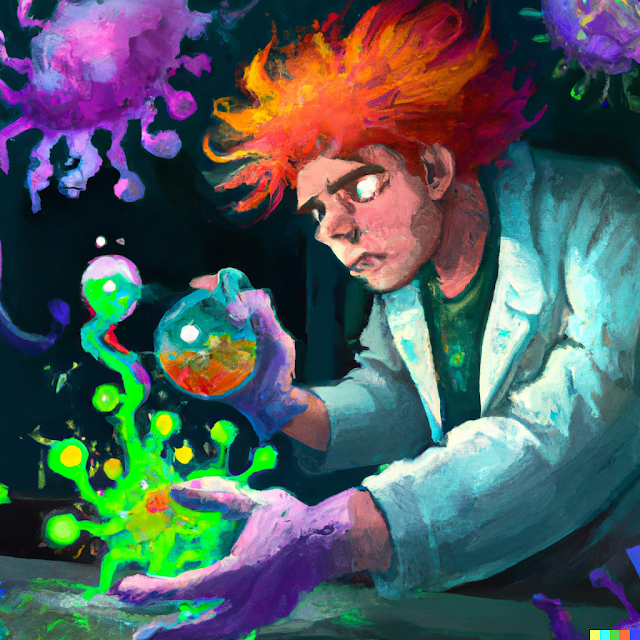Personalized Supplement
Every individual has a unique microbiome like a fingerprint. The members of this microbiome can be influenced by our diet and environment. If the biome is not in balance, bacteria that cause negative effects can dominate and, dysbiosis, mental and physical pathologies can occur. To correct the dysbiosis, bacteria that hurt the body need to be removed and bacteria that help the body need to be introduced or provided for in order that they stay. 5R Plan (Remove, reduce, reuse)

Prebiotics
- Inulin & GOS : Not ready to introduce yet
Probiotics
- Lactobacillus and Bifidobacteria probiotics
- Supplement with S. Boulardii
- Orthospore IG (Dr. prescribed, and I had no idea about it)
Enzymes
- FODMATE (Dr. prescribed, and I had no idea about it)
Antibiotics (This is beyond the scope of what a regular person can do without a prescription, however the data is beneficial) After reading, it seems rifamaxin seems to leave the postive bacteria while eliminating the bacteria that create negative metabolites)
- We demonstrated that rifaximin, while not altering the overall structure of the human colonic microbiota, increased bifidobacteria and led to variation of metabolic profiles associated with potential beneficial effects on the host.
Rifaximin modulates the colonic microbiota of patients with Crohn's disease: an in vitro approach using a continuous culture colonic model system (2022). Available at: https://academic.oup.com/jac/article/65/12/2556/752363 (Accessed: 19 August 2022).
Psychobiotics (adding this for fun)
Synbiotics:
A prebiotic is "a selectively fermented ingredient that allows specific changes, both in the composition and/or activity in the gastrointestinal microflora that confers benefits upon host well being and health", whereas synergistic combinations of pro- and prebiotics are called synbiotics
de Vrese, M., & Schrezenmeir, J. (2008). Probiotics, prebiotics, and synbiotics. Advances in biochemical engineering/biotechnology, 111, 1–66. https://doi.org/10.1007/10_2008_097
Herbal Supplements suggested for current conditions based on GI ASSAY: (put them into context, what do they do what are they for)
- deglycyrrhizinated licorice
- In vitro study on glabridin and glabrene (flavonoids present in licorice root) revealed anti-Helicobacter pylori (H. pylori) activity, and the licorice extract has also shown significant beneficial effect on all forms of H. pylori infection
- "An Extract of Glycyrrhiza glabra (GutGard) Alleviates Symptoms of Functional Dyspepsia: A Randomized, Double-Blind, Placebo-Controlled Study". Www.Ncbi.Nlm.Nih.Gov, 2022, https://www.ncbi.nlm.nih.gov/pmc/articles/PMC3123991/. Accessed 18 Aug 2022.
- mastic gum
- It has been demonstrated that a nutritional supplement, Chios Mastic Gum, can improve liver function and partially normalize gut microbiota composition in mice with advanced NAFLD
- "Mastiha (Pistacia lentiscus) Improves Gut Microbiota Diversity, Hepatic Steatosis, and Disease Activity in a Biopsy‐Confirmed Mouse Model of Advanced Non‐Alcoholic Steatohepatitis and Fibrosis". Www.Ncbi.Nlm.Nih.Gov, 2022, https://www.ncbi.nlm.nih.gov/pmc/articles/PMC7003480/. Accessed 18 Aug 2022.
- methylmethionine sulfonium chloride
- Cabbage Juice
- Early studies recognized the effectiveness of raw cabbage juice in normalizing gastric and intestinal functioning. Glutamine and methionine derivatives present in the juice are believed to be the active principals. Specific attention has been focused on methionine S-methyl sulfonium (MMS) in the chlorinated form. Traditionally, this compound (MMS) has been referred to as “Vitamin U”,
- "The Use Of Vitamin U For Gastric Ulcer Recovery". Www.Clinicaleducation.Org, 2022, https://www.clinicaleducation.org/resources/reviews/the-use-of-vitamin-u-for-gastric-ulcer-recovery/. Accessed 18 Aug 2022.
- vitamin C
- zinc carnosine
- ZnC, at concentrations likely to be found in the gut lumen, stabilises gut mucosa. Further studies are warranted.
- We have shown that ZnC, which is currently commercially available in health food stores, stimulates several aspects of gut mucosal integrity.
- the standard recommended dose is around 37.5 mg once or twice daily.
- bismuth citrate
- seems to be hard to source, pepto bismol?
- berberine
- goldenseal
- antimicrobial herb?
- oil of oregano
- antimicrobial herb?
- grape extract
- In the study of Wang et al. (11), grape seed extract rich in polyphenols increase the abundance of non-pathogenic bacteria in the gut, contributing to the improvement of gut function and IBD symptoms.
- Chinese goldthread extract
- yerba mansa extract
- caprylic acid
- garlic oil
- uva ursi or olive leaf extract
- Glutamine
- Essential fatty acids
- Colostrum or immunoglobulins
- GI mucosal support with glutamine
Anti Fungal
Anti Microbials
DGL Licorice
https://www.thieme-connect.com/products/ejournals/abstract/10.1055/s-2006-961498